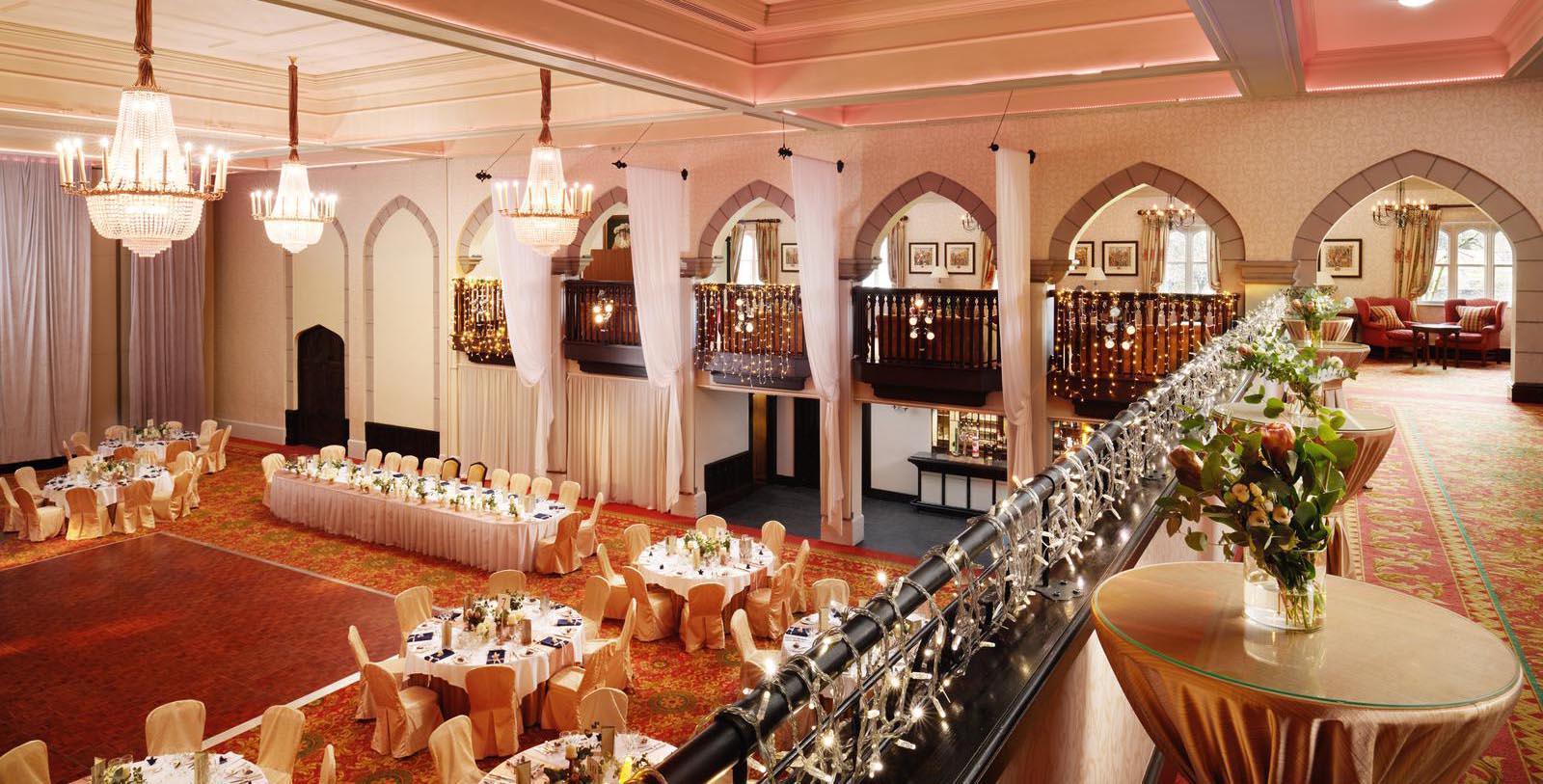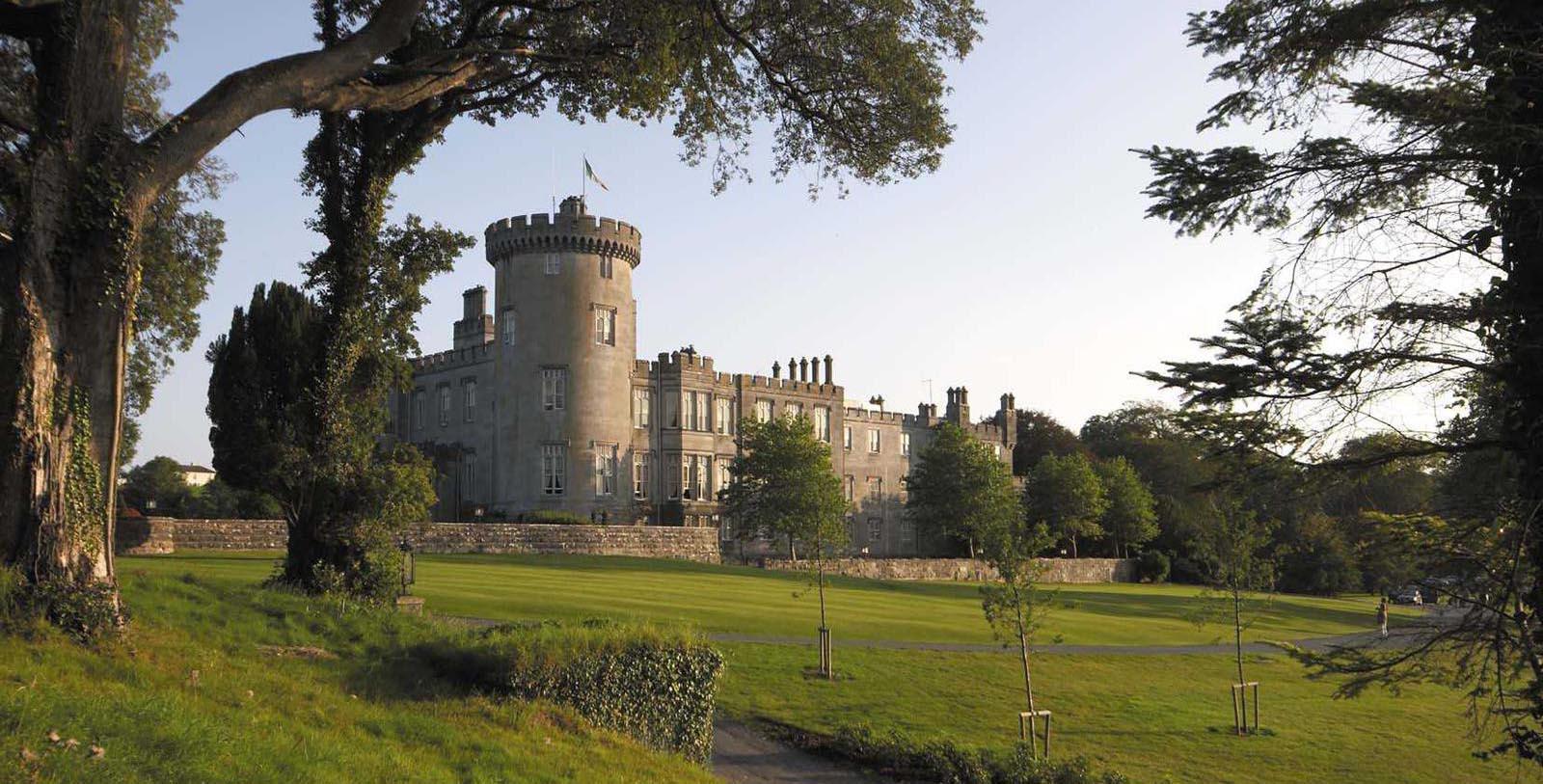Receive for Free - Discover & Explore eNewsletter monthly with advance notice of special offers, packages, and insider savings from 10% - 30% off Best Available Rates at selected hotels.
local attractions
Guests won’t have to travel far to experience the essence of Ireland’s magic. Dromoland Castle Hotel is close to the Burren and Cliffs of Moher UNESCO Global Geopark. Make memories that will last a lifetime along Ireland’s ultimate coastal road trip along the Wild Atlantic Way. This drive features wild beaches, splendid lakes, handsome villages, and lively festivals. Enjoy a medieval feast at Bunratty Castle, visit the Georgian buildings of Limerick City, spend a day at the magical Aran Islands, and dance the night away in the music-filled streets of Galway City.
The Burren and Cliffs of Moher UNESCO Global Geopark
The Burren is comprised of dramatic glaciated karst landscapes on Ireland’s Atlantic coast, which have been fashioned in a variety of limestones, sandstones, and siltstones, originating during the Carboniferous period. The nearby Cliffs of Moher are vertical sandstone and shale sea-cliffs, the highest in Europe, which rises to a height of over 200 meters in places and which have long drawn sightseers to the area.
Bunratty Castle
Bunratty Castle is the most complete and authentic medieval fortress in Ireland. Built in 1425, it was restored to its former medieval splendor in 1954, and now contains mainly 15th and 16th century furnishings, tapestries, and works of art, capturing the mood of those times.
Knappogue Castle
In 1571, the castle became the seat of the MacNamara Clan, Earls of West Clancullen. In 1641, it was occupied by Oliver Cromwell's troops, but later returned to the MacNamara Clan who sold it to the Scots in 1800. The castle has been host to two Irish presidents, as well as other heads of state, including General de Gaulle. A wonderful feature of the castle and its grounds, is the beautiful walled garden, dating from 1817 and now restored to its former splendor.
Poulnabrone Dolmen
This dramatic site, on the karstic limestone pavement of the Burren, is one of the most famous Irish dolmens. Poulnabrone is sometimes wrongly translated as "Hole of Sorrows." The thin capstone sits on two 1.8 m (6 ft) high portal stones to create a chamber in a 9 m (30 ft) low cairn. The eastern portal stone was replaced in 1985, following a discovery that it was unfortunately cracked; excavations during the repair showed that this site dates back to the Neolithic period, probably between 4200 BC and 2900 BC.



























